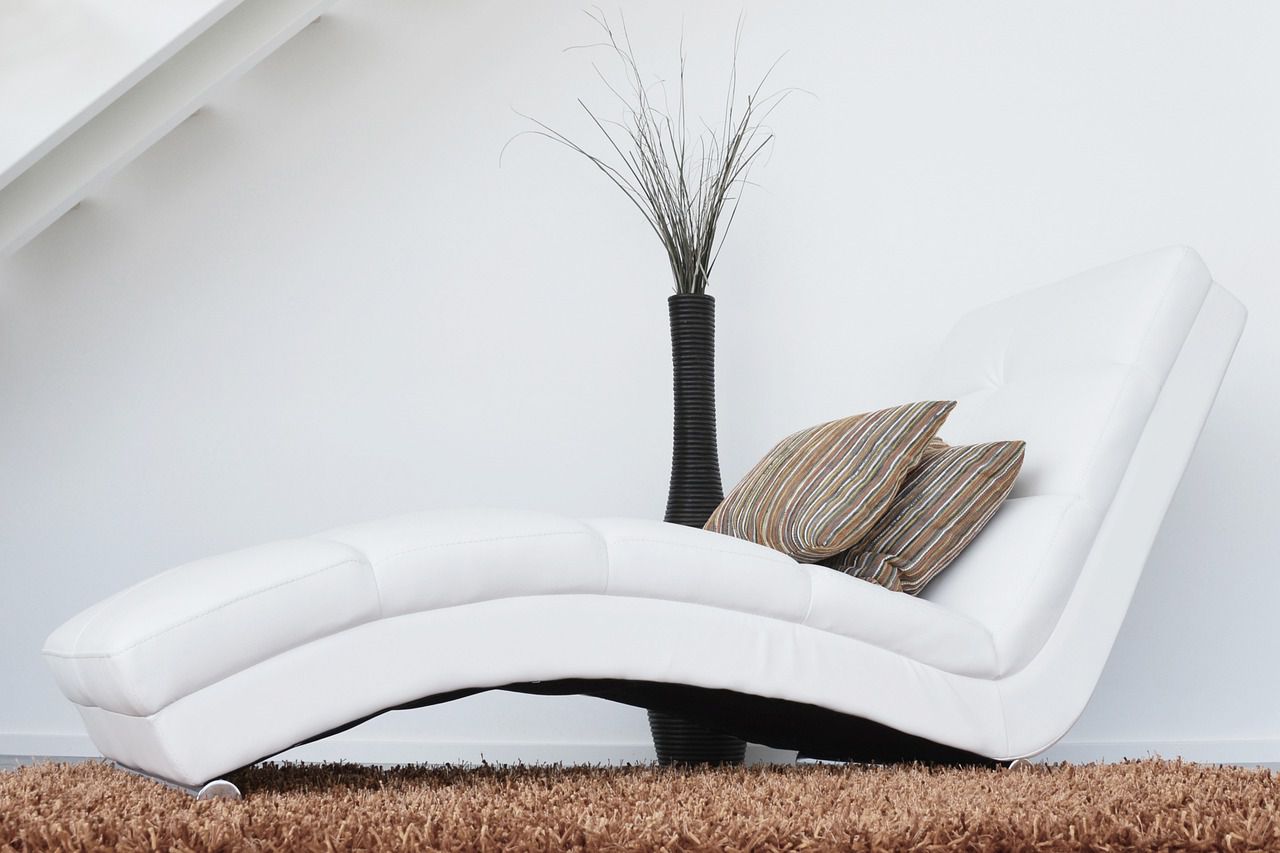Your interior affects not only your mood or social status - it also affects your mental and physical health sometimes.
When your house isn't perfect for you, you can feel it - and it's time to change something.
Here are a few ways of how your interior can affect your health and well-being.

Mental Well-being
A cluttered or disorganized environment can cause stress and anxiety.
On the other hand, a clean, tidy, and well-organized space can promote a sense of calm and reduce mental stress.
Lighting
Adequate natural light in your interior can boost your mood and help regulate your sleep patterns.
Insufficient or artificial lighting can lead to eye strain and disrupt your sleep.
Colors
Different colors can evoke various emotions.
For example, warm colors like red and yellow can be energizing, while cool colors like blue and green can create a sense of relaxation.
Choosing the right colors can influence your mood.
Air Quality
Poor ventilation and indoor pollutants can lead to respiratory problems and allergies.
Good indoor air quality, on the other hand, can improve your overall health and well-being.
Layout and Furniture
The arrangement of furniture and the layout of your interior can impact your physical health.
For example, ergonomic furniture and a well-designed layout can promote better posture and reduce the risk of physical discomfort or injury.
Noise Levels
Excessive noise can lead to stress and sleep disturbances.
Creating a quieter interior through soundproofing or noise reduction measures can improve your mental and physical health.
Conclusion
In summary, the way you design and maintain your interior can impact your mental and physical well-being.
A thoughtfully designed and healthy interior can promote relaxation, reduce stress, and enhance overall quality of life.












